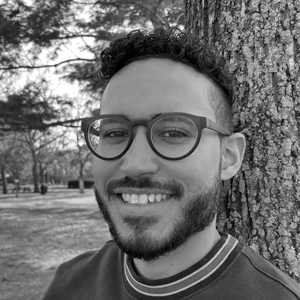Francisco J. Rivera Rosario edits scientist-written essays and develops new resources for the community. Before joining The Transmitter, he spent his career in science communications and health writing, including time working as an editor for a science communications agency and freelancing for TED Conferences and Health. Prior to moving into science communication, Francisco worked in a research lab, studying the genetic basis of rare forms of autism.

Francisco J. Rivera Rosario
Associate editor, opinion and community
The Transmitter
Education
- M.S. in biomedical sciences, Albert Einstein College of Medicine
- M.S. in molecular biotechnology, Interamerican University of Puerto Rico
- B.S. in natural sciences, University of Puerto Rico, Cayey
Explore more from The Transmitter
New connectomes fly beyond the brain
Researchers are mapping the neurons in Drosophila’s ventral nerve cord, where the central nervous system meets the rest of the body.

New connectomes fly beyond the brain
Researchers are mapping the neurons in Drosophila’s ventral nerve cord, where the central nervous system meets the rest of the body.
Building an autism research registry: Q&A with Tony Charman
A purpose-built database of participants who have shared genomic and behavioral data could give clinical trials a boost, Charman says.

Building an autism research registry: Q&A with Tony Charman
A purpose-built database of participants who have shared genomic and behavioral data could give clinical trials a boost, Charman says.
Cerebellar circuit may convert expected pain relief into real thing
The newly identified circuit taps into the brain’s opioid system to provide a top-down form of pain relief.

Cerebellar circuit may convert expected pain relief into real thing
The newly identified circuit taps into the brain’s opioid system to provide a top-down form of pain relief.